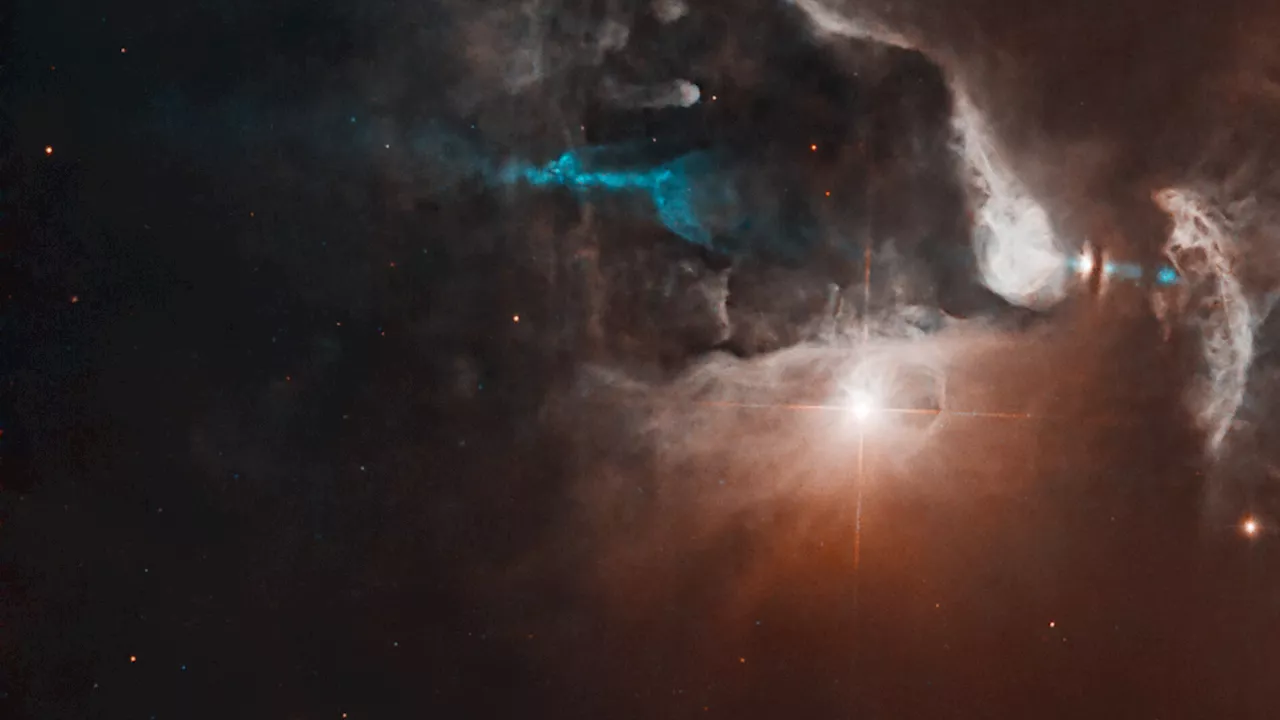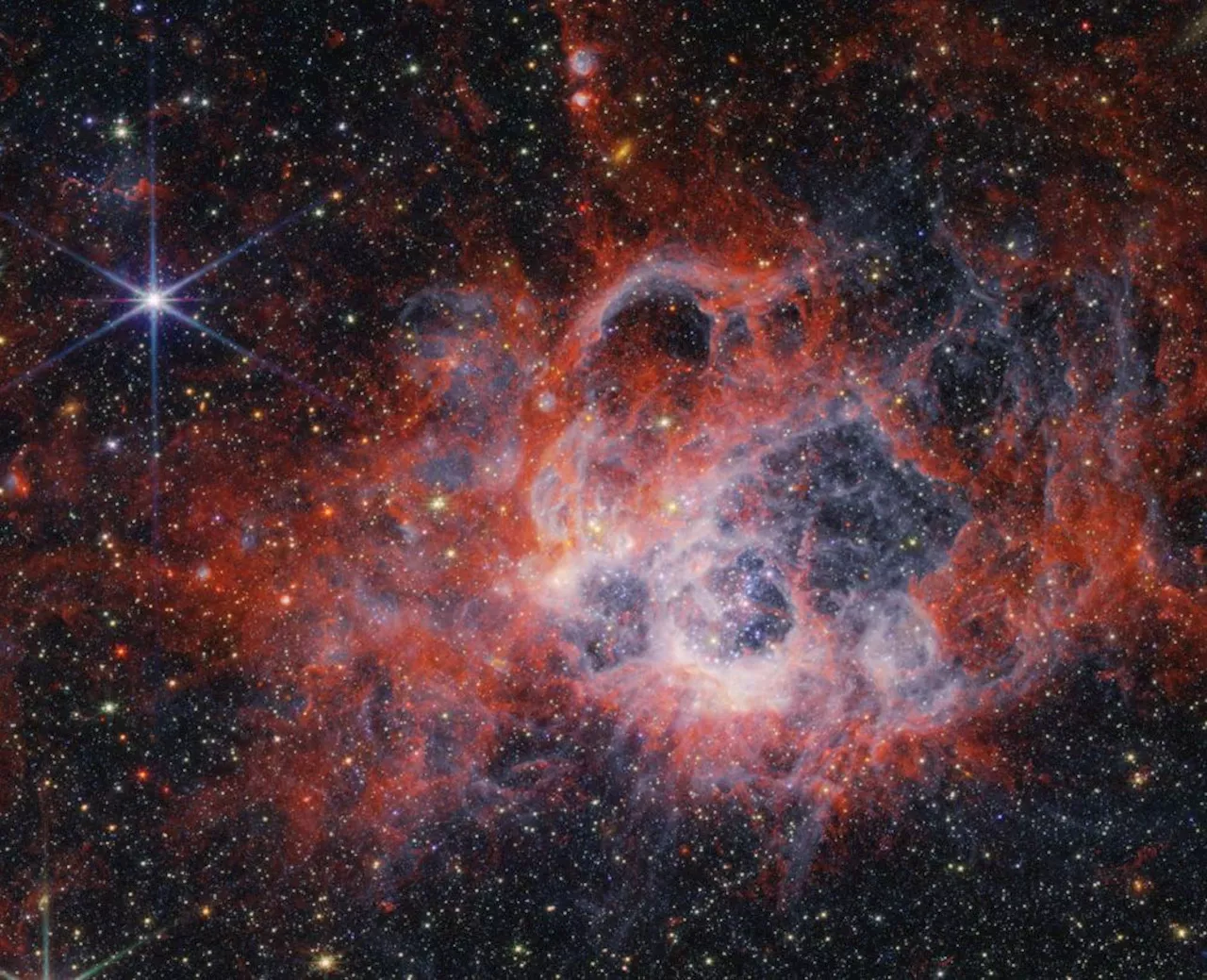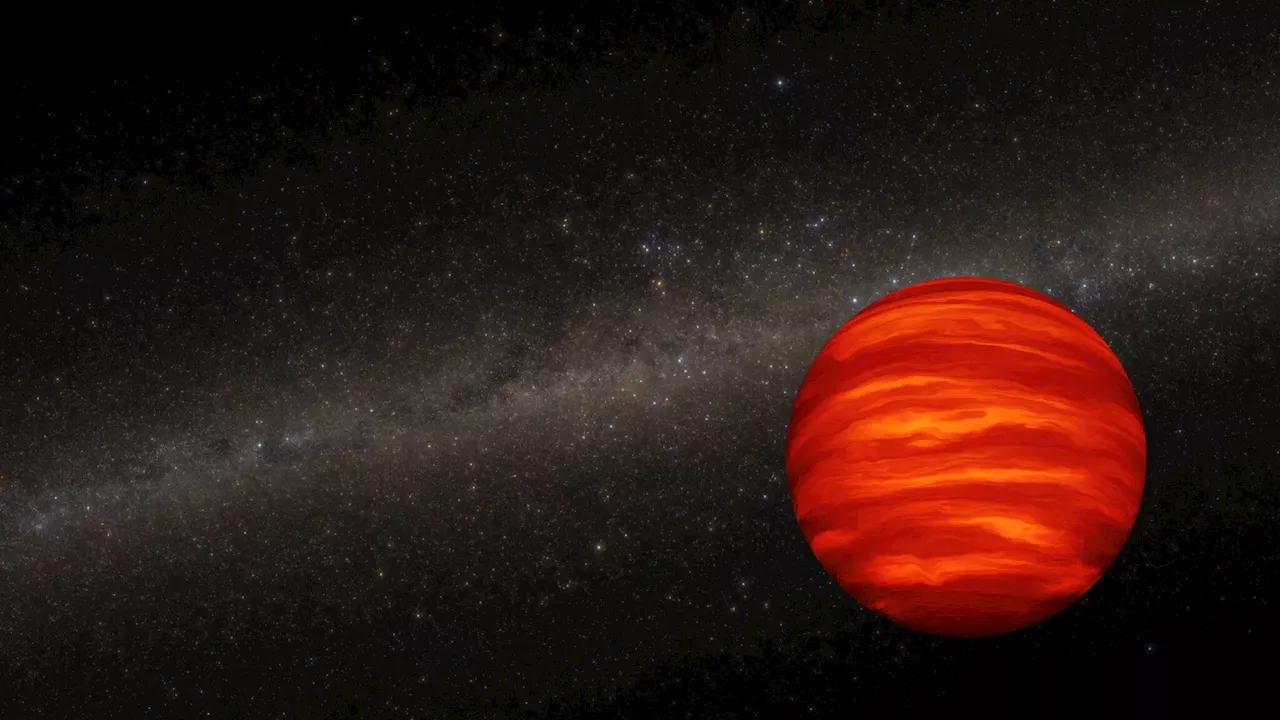This image from the NASA/ESA Hubble Space Telescope shows a globular cluster called NGC 1651. Like another recent globular cluster image, NGC 1651 is about 162,000 light-years away in the largest and brightest of the Milky Way's satellite galaxies, the Large Magellanic Cloud (LMC).
Image: Hubble finds a field of stars retrieved 29 March 2024 from https://phys.org/news/2024-03-hubble-field-stars.html
This document is subject to copyright. Apart from any fair dealing for the purpose of private study or research, no part may be reproduced without the written permission. The content is provided for information purposes only.Use this form if you have come across a typo, inaccuracy or would like to send an edit request for the content on this page. For general inquiries, please use ourThank you for taking time to provide your feedback to the editors.
Your feedback is important to us. However, we do not guarantee individual replies due to the high volume of messages.to let the recipient know who sent the email. Neither your address nor the recipient's address will be used for any other purpose. The information you enter will appear in your e-mail message and is not retained by Phys.org in any form.Get weekly and/or daily updates delivered to your inbox.
United States Latest News, United States Headlines
Similar News:You can also read news stories similar to this one that we have collected from other news sources.
 Hubble Telescope witnesses a new star being born in a stunning cosmic light show (image)Robert Lea is a science journalist in the U.K. whose articles have been published in Physics World, New Scientist, Astronomy Magazine, All About Space, Newsweek and ZME Science. He also writes about science communication for Elsevier and the European Journal of Physics. Rob holds a bachelor of science degree in physics and astronomy from the U.K.
Hubble Telescope witnesses a new star being born in a stunning cosmic light show (image)Robert Lea is a science journalist in the U.K. whose articles have been published in Physics World, New Scientist, Astronomy Magazine, All About Space, Newsweek and ZME Science. He also writes about science communication for Elsevier and the European Journal of Physics. Rob holds a bachelor of science degree in physics and astronomy from the U.K.
Read more »
 NASA releases Hubble image of galaxy under pressureThe National Aeronautics and Space Administration released an image captured by the Hubble Space Telescope showing a galaxy under pressure.
NASA releases Hubble image of galaxy under pressureThe National Aeronautics and Space Administration released an image captured by the Hubble Space Telescope showing a galaxy under pressure.
Read more »
Peering into the tendrils of NGC 604 with NASA's WebbThe formation of stars and the chaotic environments they inhabit is one of the most well-studied, but also mystery-shrouded, areas of cosmic investigation. The intricacies of these processes are now being unveiled like never before by NASA's James Webb Space Telescope.
Read more »
 Astronomers perform a comprehensive study of the young open cluster NGC 2345Using the Himalayan Chandra Telescope (HCT) and ESA's Gaia satellite, Indian astronomers have conducted a comprehensive study of a young open cluster designated NGC 2345. Results of the study, presented March 7 on the preprint server arXiv, shed more light on the properties and nature of this cluster.
Astronomers perform a comprehensive study of the young open cluster NGC 2345Using the Himalayan Chandra Telescope (HCT) and ESA's Gaia satellite, Indian astronomers have conducted a comprehensive study of a young open cluster designated NGC 2345. Results of the study, presented March 7 on the preprint server arXiv, shed more light on the properties and nature of this cluster.
Read more »
 JWST's Near-Infrared View of Star-Forming Region NGC 604The Webb telescope (JWST) captures stunning images of a star-forming region called NGC 604 in the Triangulum galaxy. The images reveal gas bubbles, tendrils, and glowing material illuminated by over 200 hot, young massive stars.
JWST's Near-Infrared View of Star-Forming Region NGC 604The Webb telescope (JWST) captures stunning images of a star-forming region called NGC 604 in the Triangulum galaxy. The images reveal gas bubbles, tendrils, and glowing material illuminated by over 200 hot, young massive stars.
Read more »
 Hubble finds that aging brown dwarfs grow lonelyIt takes two to tango, but in the case of brown dwarfs that were once paired as binary systems, that relationship doesn't last for very long, according to a recent survey from NASA's Hubble Space Telescope.
Hubble finds that aging brown dwarfs grow lonelyIt takes two to tango, but in the case of brown dwarfs that were once paired as binary systems, that relationship doesn't last for very long, according to a recent survey from NASA's Hubble Space Telescope.
Read more »
